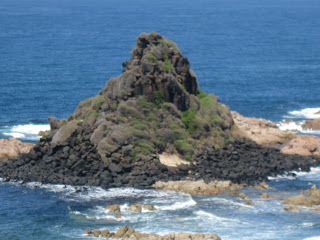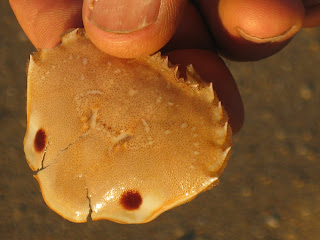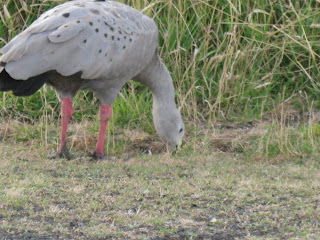














About halfway along the southern coastline of Phillip Island, a stunning rock formation called Pyramid Rock stands tall and majestic.
This part of the coast is a favourite place for artists, photographers, fishermen and surfers. Steep basalt cliffs, craggy reefs, wind swept vegetation, tiny coves, and a wide sweep of coastline (that stretches south and west) make up this dramatic place.
With its many-sided angular columns, Pyramid Rock is a reminder of the volcanic activity that was responsible for much of Phillip Island. Made of black basalt, Pyramid Rock sits on a base of pink granite.
Most visitors to the island drive to Pyramid Rock and then walk along the boardwalk to a high viewing point. People who live on the island do likewise, at least once every year. There is something about Pyramid Rock that inspires creativity and sorts out ideas.






 alt=""id="BLOGGER_PHOTO_ID_5703556115759462770" />
alt=""id="BLOGGER_PHOTO_ID_5703556115759462770" />


























